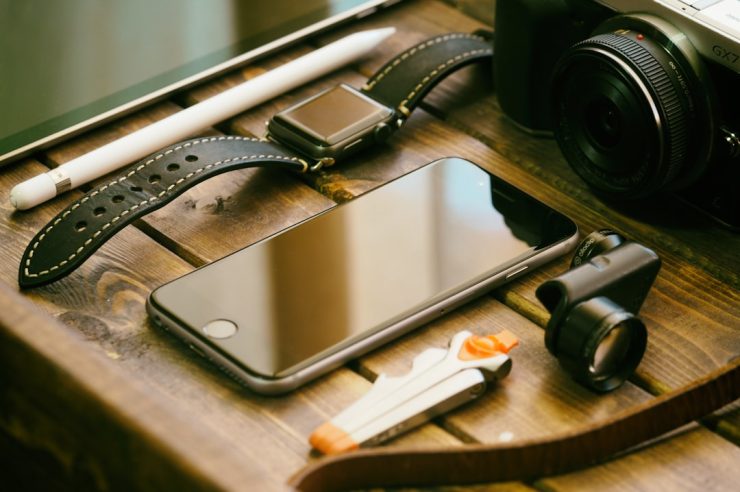In today’s fast-paced digital world, printing from your smartphone can be a real time-saver. Forget cables, USB drives, and transferring files to your computer—wireless printing is here to make your life easier. Whether you’re working from home, in a coffee shop, or traveling, being able to print directly from your phone is both convenient and efficient. Let’s explore how to do it, step by step.
Contents
What You Need to Print Wirelessly from Your Phone
Before diving in, it’s important to ensure you have the right equipment and apps. Here’s what you’ll need:
- A wireless printer: Most modern printers come with built-in Wi-Fi or Bluetooth support.
- A smartphone: iOS or Android, either works just fine.
- Compatible app: Depending on your printer brand, an app like HP Smart, Canon PRINT, or Epson iPrint might be required.
- Stable Wi-Fi connection: Both your phone and printer should be on the same Wi-Fi network for optimal performance.
Once you confirm that you have everything, the setup process is relatively simple.
Setting Up Your Wireless Printer
Setting up a wireless printer may differ slightly based on brand, but most follow this general process:
- Power on your printer and activate Wi-Fi through its control panel.
- Connect the printer to your home or office Wi-Fi network by selecting the correct network and entering the password.
- Install the companion app on your phone. For example, if you have an HP printer, download the HP Smart app from the App Store or Google Play.
[ai-img]smartphone printer app setup, mobile printing, wireless printer[/ai-img]
Once the app detects your printer and is connected to the same Wi-Fi network, you’re ready to start printing.
Printing from an iPhone or iPad
If you’re using an Apple device, the process gets even easier thanks to AirPrint, a built-in feature on iOS devices. Here’s how to use it:
- Open the document, photo, or email you want to print.
- Tap the Share icon (usually a square with an arrow pointing up).
- Select Print.
- Choose your AirPrint-enabled printer from the list.
- Set your preferences and tap Print.
Tip: Not all printers support AirPrint, so if yours doesn’t, you’ll need to use the manufacturer’s app.
Printing from an Android Device
Android phones also offer straightforward wireless printing. Here’s how:
- Go to Settings > Connected Devices > Connection Preferences > Printing.
- Tap on Default Print Service or install your printer’s plugin from the Play Store (e.g., HP Print Service Plugin).
- Ensure that the service is enabled.
- Open the file or photo you wish to print and tap the Menu or Share icon.
- Select Print, choose your printer, and confirm your settings.
[ai-img]android phone printing, wireless connection, printer setup[/ai-img]
Bonus tip: Some printers also offer Bluetooth connection or direct Wi-Fi connection (Wi-Fi Direct) for quicker setup without network involvement.
Using Cloud Printing Services
Another versatile option involves cloud-based solutions like Google Cloud Print (note: it was deprecated in 2020) or similar options from your printer manufacturer. These services let you:
- Print documents even when you’re not on the same Wi-Fi network.
- Access and print files stored in your cloud storage accounts like Google Drive or Dropbox.
For those using services like Microsoft 365 or Dropbox, many printer apps integrate seamlessly, letting you select files and print them on the go.
Things to Keep in Mind
When using wireless printing, consider these practical tips:
- Keep firmware up to date: Regular updates ensure your printer remains compatible with the latest mobile OS versions.
- Watch battery and paper levels: Wireless printing won’t work if your printer is out of battery or paper.
- Secure your network: Make sure your Wi-Fi connection is secure to prevent unauthorized access to your printer.
[ai-img]home office, wireless printer, mobile devices[/ai-img]
Conclusion
Wireless printing from your phone can simplify your workflow, save time, and offer remarkable flexibility. With a bit of initial setup and the right tools, anyone can print directly from their device in just a few taps. So whether you’re sending a contract, printing family photos, or sharing school assignments, go wireless, and make technology work for you—no cables required!



